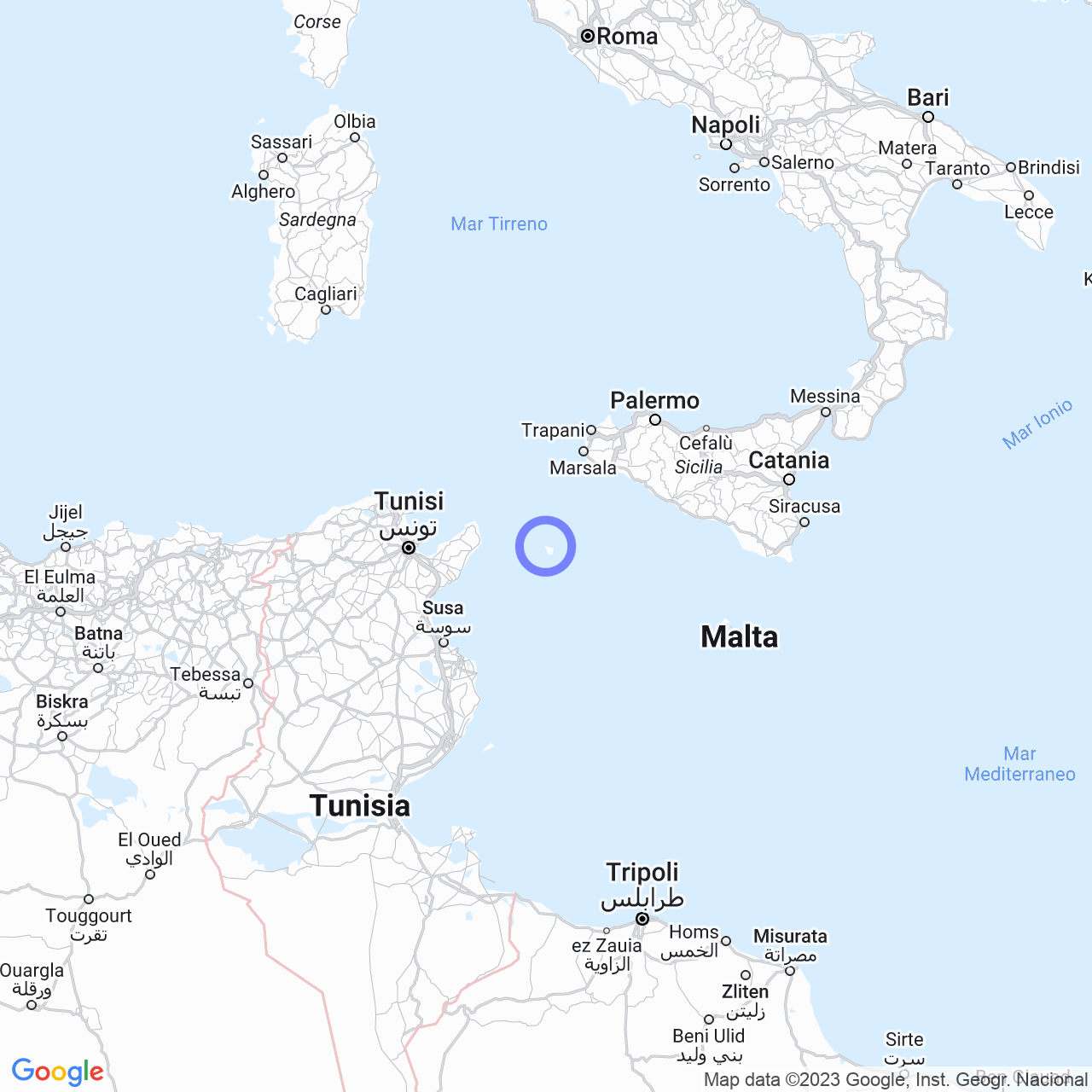Pantelleria
Pantelleria: an island of volcanic origins
Pantelleria, commonly known as Pantiḍḍrarìa in Sicilian, is an Italian municipality with 7327 inhabitants. Located in the free municipal consortium of Trapani in Sicily, the municipality covers the entire island of Pantelleria, which is four times larger than Lampedusa. The island is situated southwest of Sicily and northeast of Tunisia, and its coast is often visible to the naked eye.
The island reaches an altitude of 836 meters above sea level with Montagna Grande. The island's port allows for regular connections with the port of Trapani. Pantelleria has its own airport, Pantelleria Airport, and is connected to mainland Italy by scheduled flights under territorial continuity regime.
Physical geography
The island's territory is of volcanic origin, and the last eruption occurred in 1891 on the northwest slope, underwater. The island displays many secondary volcanic phenomena, mostly hot waters and steam fumaroles. The so-called "Lake of Venus," a small lake basin fed by thermal waters, is well known.
Pantelleria is known for its location at the center of the Mediterranean Sea, an intermediate stop between Africa and Sicily and a stronghold for trade with the Levant. Its peculiarity is a singular landscape, in which natural elements (lava blocks, coves, and sea stacks) blend together with artifacts created by man: dry-stone walls, panteschi gardens, and dammusi.
Dry-stone walls serve four functions: to clear the bottom, keep the ground, delimit the property, and protect from the wind. Panteschi gardens, almost always cylindrical stone masonry constructions, have the dual function of protecting citrus from the wind and controlling micro-climatic effects for proper watering, whereas the island is naturally devoid of it. Dammusi, rural buildings with thick dry-stone walls, cubic-shaped with white dome roofs and round arch openings, are ancestral examples of bio-climatic architecture.

Flora and Fauna
The island's native flora is composed of Mediterranean scrub, particularly lush in the southeastern regions. The dominant elements of this landscape are genista, arbutus, maritime pine, and aromatic plants typical of garigue (thyme, rosemary, lavender, oregano, mint pulegium). Pine forests develop on the highest peaks, while at lower altitudes, they are replaced by Quercus ilex, locally called ''balluti".
The scarcity of water that is not rainfall has made the development of irrigated agriculture impossible. Citrus fruits are rare, grown with particular care and protected from winds. The cultivation of Pantelleria's capers represents one of the island's main crops, along with that of Vitis vinifera and Olea europaea (with the variety called ''biancolilla''), grown low and branched widely to protect them from the wind.
The island also hosts many varieties of palm trees introduced by humans, among which strangely absent is the dwarf palm, which is present on other Mediterranean islands, including Sicily, where it associates with the scrub.
Conclusion
In summary, Pantelleria is a wonderful island with much to offer. Its volcanic landscape is unique in the world, and the influence of wind and solar radiation on its vegetation makes it naturally captivating. Additionally, the presence of dammusi and panteschi gardens make Pantelleria a fascinating and historically rich place. If you ever have the opportunity to visit the island, I suggest trying their cuisine, with particular attention to Pantelleria's capers, wine, and extra-virgin olive oil.
